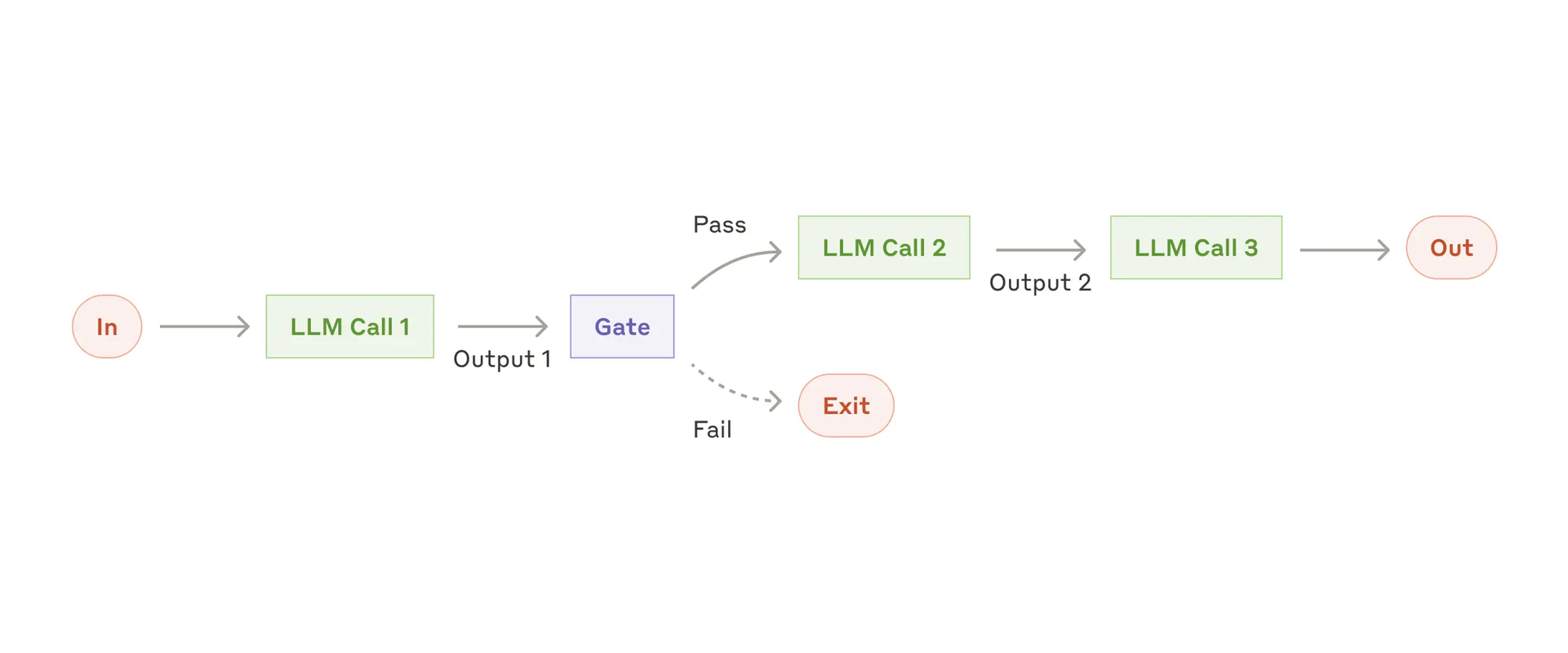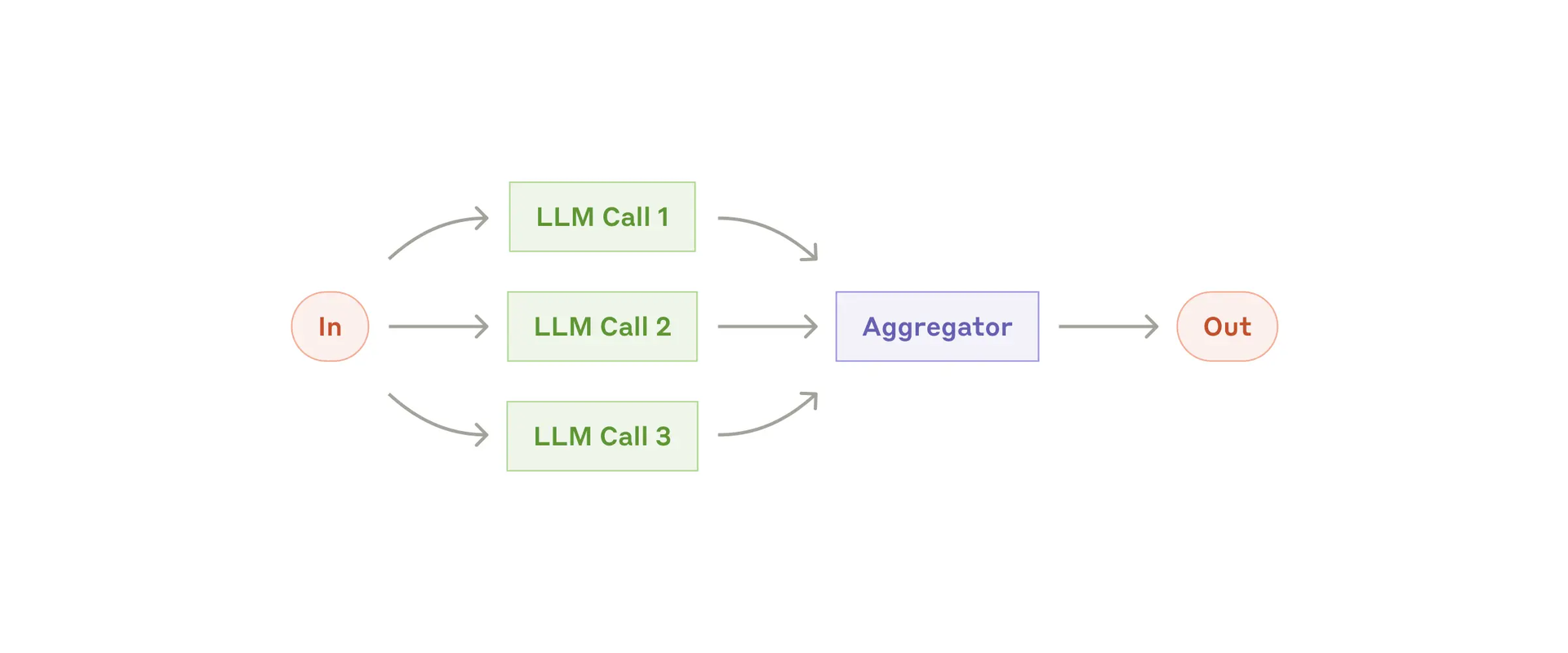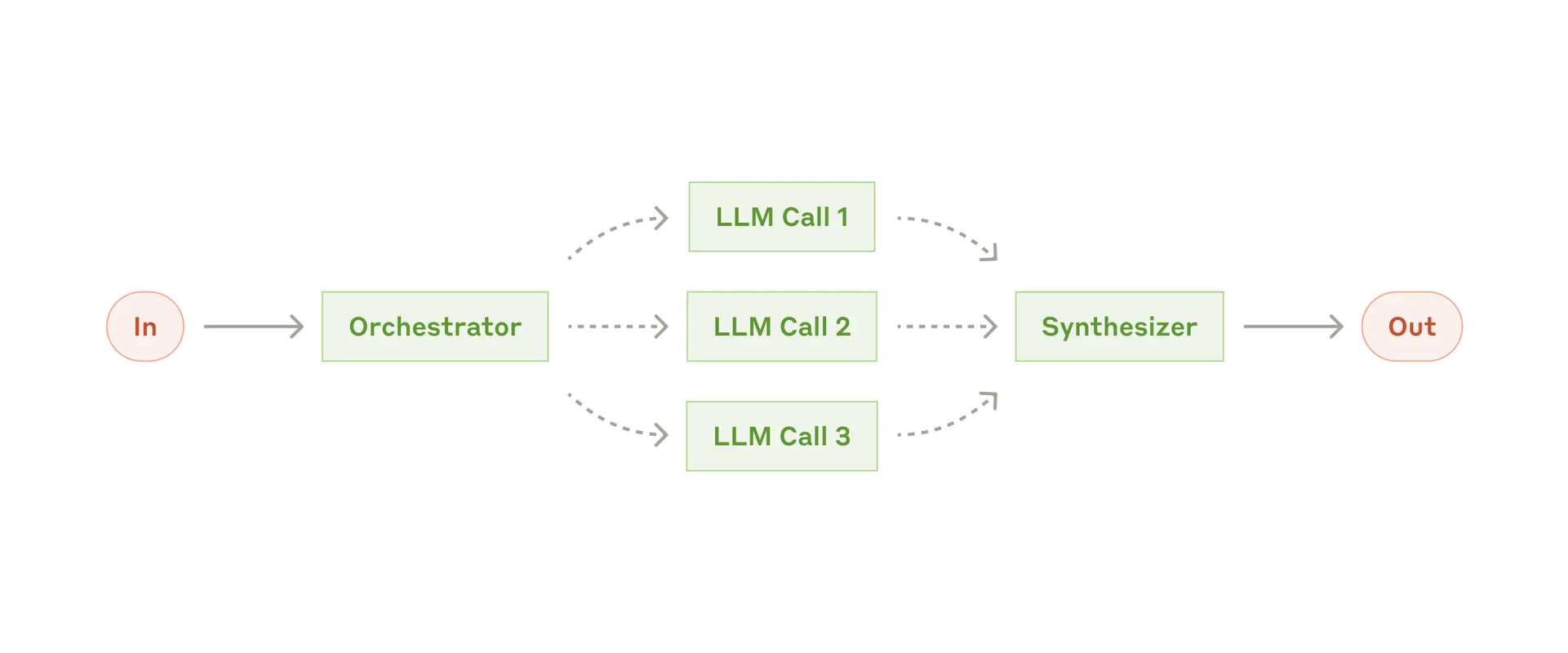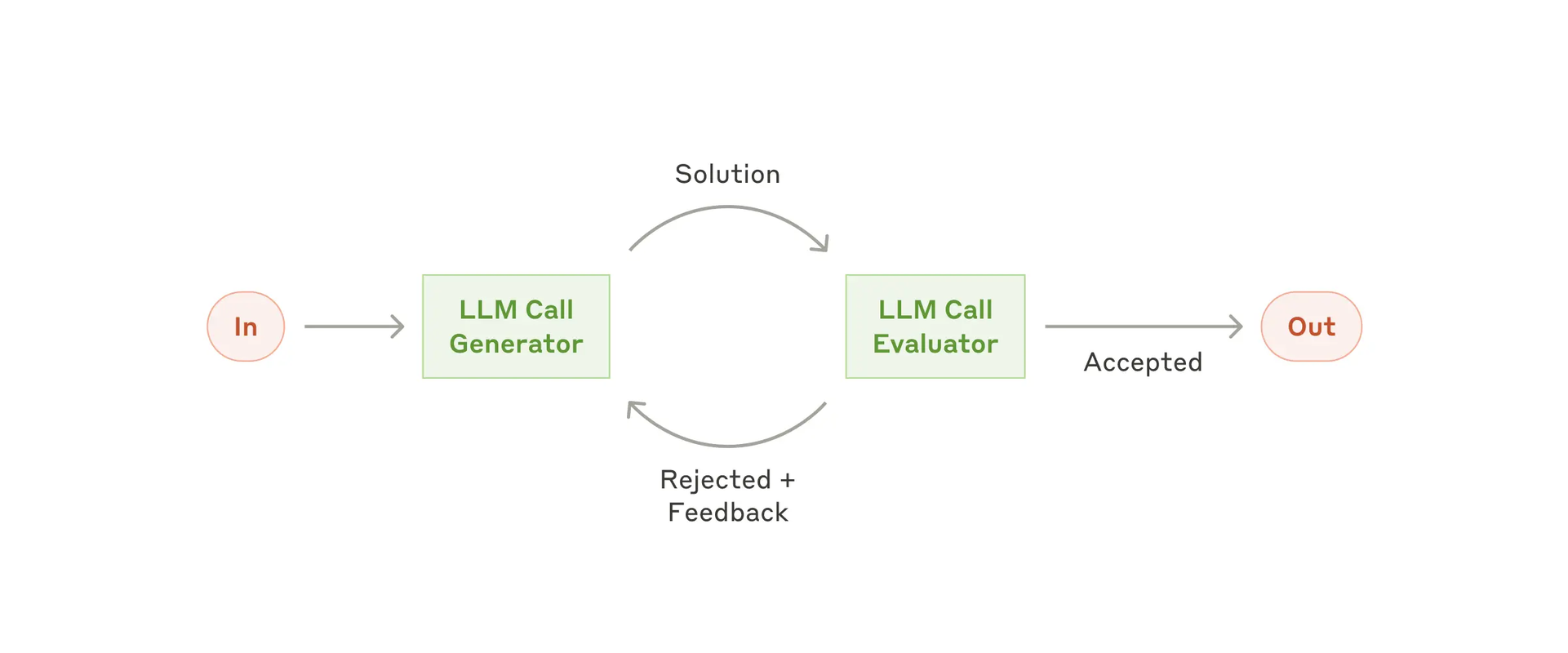在经历了八个里程碑式的版本之后(M1~M8),Spring AI 1.0 正式版本,终于在 2025 年 5 月 20 日正式发布了,这是另一个新高度的里程碑式的版本,标志着 Spring 生态系统正式全面拥抱人工智能技术,并且意味着 Spring AI 将会给企业带来稳定 API 支持。
1.核心特性
Spring AI 1.0 的核心是 ChatClient 接口,这是一个可移植且易于使用的 API,是与 AI 模型交互的主要接口。
它支持调用 20 多种 AI 模型,从 Anthropic 到 ZhiPu AI,并支持多模态输入和输出(当底层模型支持时)以及结构化响应(通常以 JSON 格式,便于应用程序处理输出)。
1.1 单模型 ChatClient 使用
在项目中只有一个模型时,创建全局的 ChatClient:
@RestControllerclass MyController {
private final ChatClient chatClient;
public MyController(ChatClient.Builder chatClientBuilder) { this.chatClient = chatClientBuilder.build(); }
@GetMapping("/ai") String generation(String userInput) { return this.chatClient.prompt() .user(userInput) .call() .content(); }}
复制代码
1.2 多模型 ChatClient 使用
在项目中有多个模型时,为这一个模型创建全局的 ChatClient:
// Create ChatClient instances programmaticallyChatModel myChatModel = ... // already autoconfigured by Spring BootChatClient chatClient = ChatClient.create(myChatModel);
// Or use the builder for more controlChatClient.Builder builder = ChatClient.builder(myChatModel);ChatClient customChatClient = builder .defaultSystemPrompt("You are a helpful assistant.") .build();
复制代码
<font style="color:rgb(20, 24, 24);">1.3 不同模型类型的 ChatClients</font>
当项目中有多个模型时,为每个模型定义单独的 ChatClient:
import org.springframework.ai.chat.ChatClient;import org.springframework.context.annotation.Bean;import org.springframework.context.annotation.Configuration;
@Configurationpublic class ChatClientConfig {
@Bean public ChatClient openAiChatClient(OpenAiChatModel chatModel) { return ChatClient.create(chatModel); }
@Bean public ChatClient anthropicChatClient(AnthropicChatModel chatModel) { return ChatClient.create(chatModel); }}
复制代码
然后,您可以使用 @Qualifier 指定大模型对应的 ChatClient:
@Configurationpublic class ChatClientExample {
@Bean CommandLineRunner cli( @Qualifier("openAiChatClient") ChatClient openAiChatClient, @Qualifier("anthropicChatClient") ChatClient anthropicChatClient) {
return args -> { var scanner = new Scanner(System.in); ChatClient chat;
// Model selection System.out.println("\nSelect your AI model:"); System.out.println("1. OpenAI"); System.out.println("2. Anthropic"); System.out.print("Enter your choice (1 or 2): ");
String choice = scanner.nextLine().trim();
if (choice.equals("1")) { chat = openAiChatClient; System.out.println("Using OpenAI model"); } else { chat = anthropicChatClient; System.out.println("Using Anthropic model"); }
// Use the selected chat client System.out.print("\nEnter your question: "); String input = scanner.nextLine(); String response = chat.prompt(input).call().content(); System.out.println("ASSISTANT: " + response);
scanner.close(); }; }}
复制代码
2.主要功能亮点
检索增强生成(RAG):Spring AI 提供了便携式向量存储抽象,支持 20 种不同的向量数据库,从 Azure Cosmos DB 到 Weaviate,像常见的 Cassandra、PostgreSQL/PGVector、MongoDB Atlas、Milvus、Pinecone 和 Redis 等向量数据库存储都是支持的。还包括一个轻量级、可配置的 ETL 框架,用于将数据导入向量存储。
对话记忆:通过 ChatMemory 接口管理消息的存储和检索,支持 JDBC、Cassandra 和 Neo4j 等持久化存储。
工具调用:通过 @Tool 注解可以轻松定义工具,让 AI 模型能够获取外部信息或执行实际动作。
评估与测试:提供 Evaluator 接口和内置的 RelevancyEvaluator、FactCheckingEvaluator,帮助开发者评估 AI 生成内容的准确性和相关性。
可观测性:与 Micrometer 集成,提供模型延迟、令牌使用情况等关键指标的详细遥测数据。
3.模型上下文协议(MCP)支持
Spring AI 1.0 全面支持 Model Context Protocol (MCP),这是一个标准化协议,使 AI 模型能够与外部工具、提示和资源进行交互。Spring AI 提供了客户端和服务器端的 MCP 支持,简化了 MCP 工具的使用和创建。
最简单的 MCP 自定义服务器端实现:
@Servicepublic class WeatherService {
@Tool(description = "Get weather information by city name") public String getWeather(String cityName) { // 伪代码 return "The weather in " + cityName + " is 21°C and sunny."; }}
@SpringBootApplicationpublic class McpServerApplication {
private static final Logger logger = LoggerFactory.getLogger(McpServerApplication.class);
public static void main(String[] args) { SpringApplication.run(McpServerApplication.class, args); }
@Bean public ToolCallbackProvider weatherTools(WeatherService weatherService) { return MethodToolCallbackProvider.builder().toolObjects(weatherService).build(); }}
复制代码
最简单的 MCP 客户端核心代码实现:
import org.springframework.ai.chat.client.ChatClient;import org.springframework.beans.factory.annotation.Autowired;import org.springframework.web.bind.annotation.RequestMapping;import org.springframework.web.bind.annotation.RequestParam;import org.springframework.web.bind.annotation.RestController;
@RestControllerpublic class ClientController { @Autowired private ChatClient chatClient;
@RequestMapping("/chat") public String chat(@RequestParam(value = "msg",defaultValue = "今天天气如何?") String msg) { String response = chatClient.prompt() .user(msg) .call() .content(); System.out.println("响应结果: " + response); return response; }}
复制代码
4.AI Agent(智能体)支持
AI Agent 的核心是“利用 AI 模型与其环境交互,以解决用户定义的任务”。有效的 AI Agent 将规划、记忆和作相结合,以完成用户分配的任务。
Spring AI 1.0 支持两种主要类型的 Agent:
虽然完全自主代理的灵活性很有吸引力,但工作流为定义明确的任务提供了更好的可预测性和一致性。具体使用哪种类型,取决于您的具体要求和风险承受能力。
让我们看看 Spring AI 如何通过五种基本模式来实现这些概念,每种模式都服务于特定的用例:
4.1 Chain 工作流模式
该模式将复杂任务分解为一系列步骤,其中每个 LLM 调用都会处理前一个 LLM 调用的输出。
Chain Workflow 模式体现了将复杂任务分解为更简单、更易于管理的步骤的原则。
使用场景
具有明确顺序步骤的任务。
当您想用延迟换取更高的准确性时。
当每个步骤都基于上一步的输出时。
以下是 Spring AI 实现中的一个实际示例:
public class ChainWorkflow { private final ChatClient chatClient; private final String[] systemPrompts;
public String chain(String userInput) { String response = userInput; for (String prompt : systemPrompts) { String input = String.format("{%s}\n {%s}", prompt, response); response = chatClient.prompt(input).call().content(); } return response; }}
复制代码
此实现演示了几个关键原则:
每个步骤都有重点。
一个步骤的输出成为下一个步骤的输入。
该链易于扩展和维护。
4.2 并行化工作流
LLM 可以同时处理任务,并以编程方式聚合其输出。
<font style="color:rgb(25, 30, 30);">使用场景</font>
处理大量相似但独立的项目。
需要多个独立视角的任务。
当处理时间至关重要且任务可并行化时。
简单代码实现:
List<String> parallelResponse = new ParallelizationWorkflow(chatClient).parallel( "Analyze how market changes will impact this stakeholder group.", List.of( "Customers: ...", "Employees: ...", "Investors: ...", "Suppliers: ..." ), 4);
复制代码
4.3 路由工作流
路由模式实现了智能任务分配,从而支持对不同类型的输入进行专门处理。
<font style="color:rgb(25, 30, 30);">使用场景</font>
具有不同输入类别的复杂任务。
当不同的输入需要专门处理时。
何时可以准确处理分类。
简单代码实现:
@Autowiredprivate ChatClient chatClient;
RoutingWorkflow workflow = new RoutingWorkflow(chatClient);
Map<String, String> routes = Map.of( "billing", "You are a billing specialist. Help resolve billing issues...", "technical", "You are a technical support engineer. Help solve technical problems...", "general", "You are a customer service representative. Help with general inquiries...");
String input = "My account was charged twice last week";String response = workflow.route(input, routes);
复制代码
<font style="color:rgb(20, 24, 24);">4.4 编排器</font>
<font style="color:rgb(25, 30, 30);">使用场景</font>
无法预先预测子任务的复杂任务。
需要不同方法或观点的任务。
需要适应性问题解决的情况。
简单实现代码:
public class OrchestratorWorkersWorkflow { public WorkerResponse process(String taskDescription) { // 1. Orchestrator analyzes task and determines subtasks OrchestratorResponse orchestratorResponse = // ...
// 2. Workers process subtasks in parallel List<String> workerResponses = // ...
// 3. Results are combined into final response return new WorkerResponse(/*...*/); }}
复制代码
使用示例:
ChatClient chatClient = // ... initialize chat clientOrchestratorWorkersWorkflow workflow = new OrchestratorWorkersWorkflow(chatClient);
WorkerResponse response = workflow.process( "Generate both technical and user-friendly documentation for a REST API endpoint");
System.out.println("Analysis: " + response.analysis());System.out.println("Worker Outputs: " + response.workerResponses());
复制代码
4.5 评估器-优化器
<font style="color:rgb(25, 30, 30);">使用场景</font>
存在明确的评估标准。
迭代优化提供可衡量的价值。
任务受益于多轮批评。
public class EvaluatorOptimizerWorkflow { public RefinedResponse loop(String task) { Generation generation = generate(task, context); EvaluationResponse evaluation = evaluate(generation.response(), task); return new RefinedResponse(finalSolution, chainOfThought); }}
复制代码
使用示例:
ChatClient chatClient = // ... initialize chat clientEvaluatorOptimizerWorkflow workflow = new EvaluatorOptimizerWorkflow(chatClient);
RefinedResponse response = workflow.loop( "Create a Java class implementing a thread-safe counter");
System.out.println("Final Solution: " + response.solution());System.out.println("Evolution: " + response.chainOfThought());
复制代码
5.开始使用 SpringAI
开发者可以通过 Maven 中央仓库获取 Spring AI 1.0 的所有组件。使用提供的 bom 导入依赖:
<dependencyManagement> <dependencies> <dependency> <groupId>org.springframework.ai</groupId> <artifactId>spring-ai-bom</artifactId> <version>1.0.0</version> <type>pom</type> <scope>import</scope> </dependency> </dependencies></dependencyManagement>
复制代码
也可以在 Spring Initializr 网站上创建 1.0 GA 应用程序,并参考参考文档中的"Getting Started"部分。
小结
Spring AI 1.0 的发布标志着企业级 Java 应用程序开发进入了一个新时代,使开发者能够轻松地将最先进的 AI 能力集成到他们的 Spring 应用程序中。
本文已收录到我的技术小站 www.javacn.site,其中包含的内容有:Spring AI、LangChain4j、Dify、AI Agent、MCP、Function Call、RAG、向量数据库、Prompt、多模态、向量数据库、嵌入模型等内容。
















评论